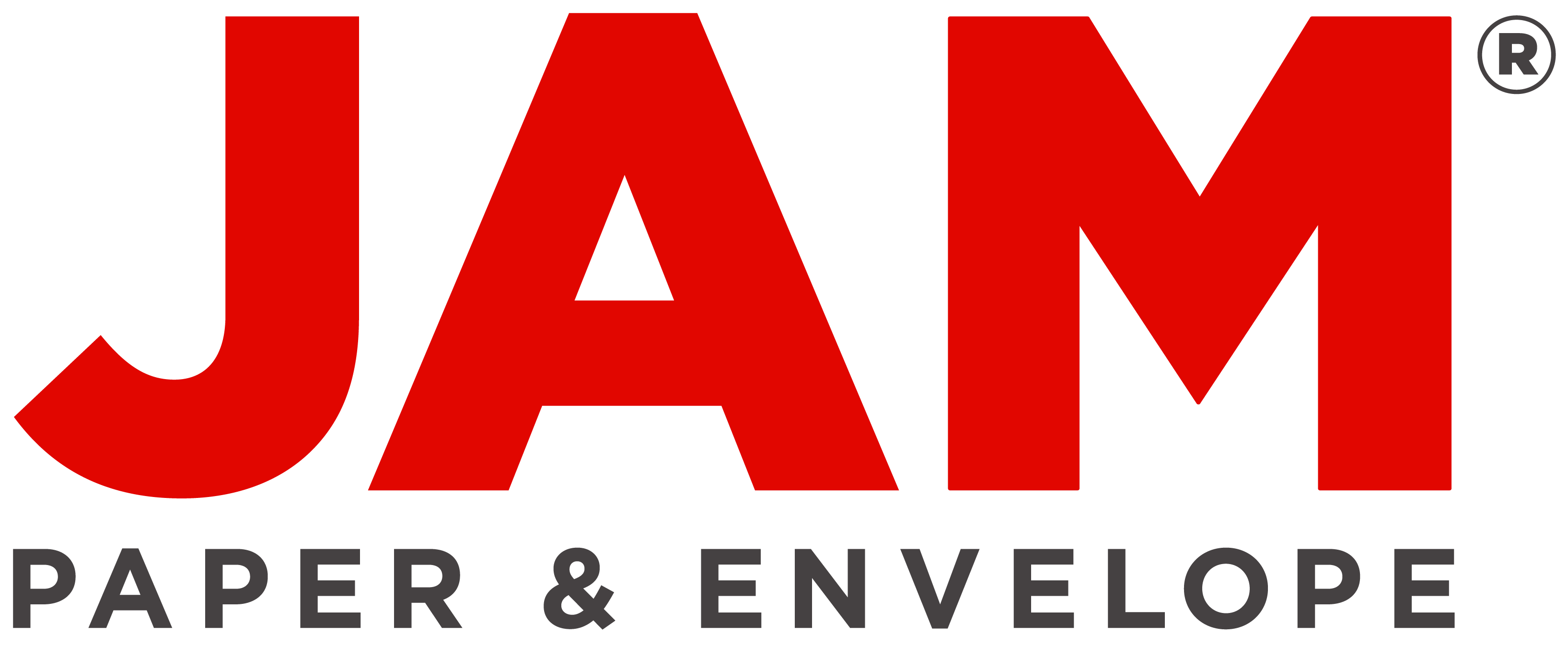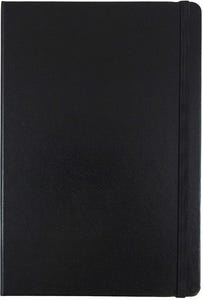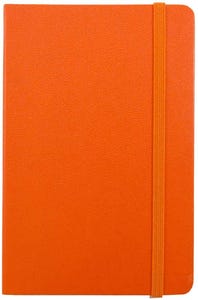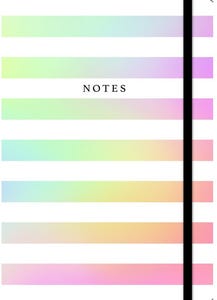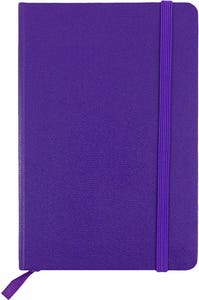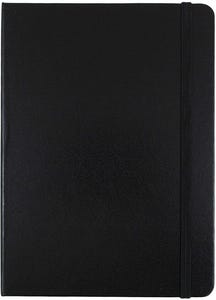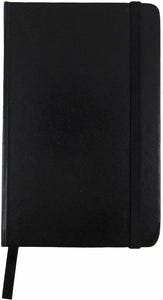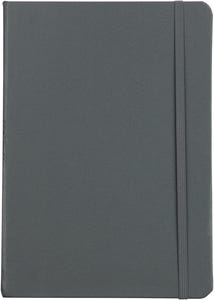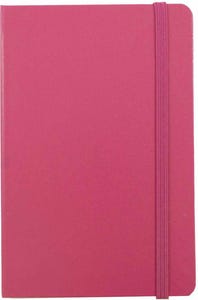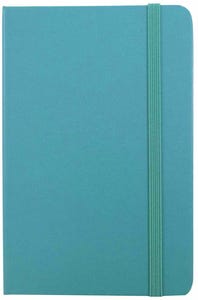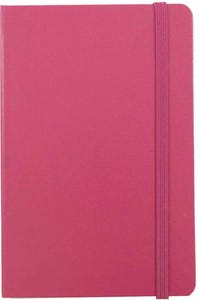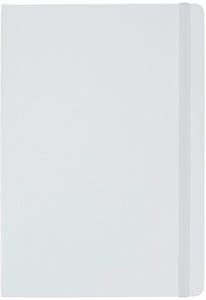Free ground shipping, excluding Alaska, Hawaii, and Canada
Lined Paper For Kindergarten
In conclusion, the use of lined paper in kindergarten is essential for fostering proper letter formation, enhancing motor skills, and promoting organized writing practices, supporting students' handwriting development and overall educational experience, with a psychological impact that influences cognitive growth and creativity, ultimately shaping the foundation for future academic success.
Lined Paper for Kindergarten Students
Key Summary:
- Lined paper plays a crucial role in the learning and development of kindergarten students.
- This article will explore the benefits of using lined paper, available types, and its impact on motor skills and handwriting.
- Additionally, it will discuss how lined paper can be incorporated into lesson plans and its psychological effects on young minds.
The Benefits of Using Lined Paper for Kindergarten Students
Using lined paper in kindergarten offers several advantages for young learners. Firstly, it provides a structured guide for children to practice writing letters and numbers, helping them develop proper letter formation and spacing. This practice is essential for building a strong foundation in handwriting skills. Additionally, lined paper encourages students to write within the lines, promoting neatness and organization in their work. This visual aid also assists in improving hand-eye coordination as children learn to control their movements within the designated spaces.
Enhanced Letter Formation
One of the key benefits of using lined paper is that it assists kindergarten students in forming letters correctly. The horizontal lines act as a reference point for the height and alignment of letters, guiding children to maintain consistency in their writing. This practice is crucial for developing legible handwriting and ensuring that students can communicate their ideas effectively on paper.
Types of Lined Paper Available for Kindergarten
There are various types of lined paper designed specifically for kindergarten students. Primary-ruled paper, with wider lines and a dotted midline, is commonly used to help children learn proper letter sizing and spacing. Additionally, there is raised-line paper available for students with sensory needs, providing tactile feedback to support their writing skills. Some lined paper also includes visual cues like picture spaces to encourage young learners to incorporate illustrations into their writing activities.
Raised-Line Paper for Sensory Support
Raised-line paper is particularly beneficial for students who require sensory support during writing tasks. The raised lines offer tactile feedback, helping children with motor challenges or sensory processing issues to better control their pencil movements. This type of lined paper promotes a multisensory approach to handwriting practice, enhancing the overall learning experience for kindergarten students.
How Lined Paper Enhances Motor Skills and Handwriting
The use of lined paper in kindergarten plays a significant role in enhancing students' motor skills and handwriting abilities. As children practice writing on lined paper, they develop fine motor control and hand strength, which are essential for precise letter formation. The repetitive nature of tracing and writing on lines helps improve hand dexterity and coordination, leading to more fluent and legible handwriting over time.
Fine Motor Development
Lined paper activities contribute to the development of fine motor skills in kindergarten students. By engaging in tasks that require precise pencil control within the designated spaces, children strengthen the muscles in their hands and fingers. This strengthening process is crucial for mastering handwriting skills and preparing students for more complex writing tasks in higher grades.
Incorporating Lined Paper into Lesson Plans for Kindergarten
Integrating lined paper into lesson plans for kindergarten can enhance the overall learning experience for students. Teachers can incorporate lined paper activities into various subjects, such as language arts and math, to reinforce concepts and encourage writing practice. By providing structured writing tasks on lined paper, educators can assess students' progress in letter formation and comprehension while promoting creativity and self-expression through written work.
Writing Across the Curriculum
Utilizing lined paper across different subjects allows students to practice writing in various contexts. Teachers can create interdisciplinary activities that require students to write sentences, stories, or math equations on lined paper, fostering literacy skills across the curriculum. This approach not only reinforces academic content but also strengthens students' writing proficiency and critical thinking abilities.
Who Can Benefit from Using Lined Paper in Kindergarten
- Kindergarten Students:
- Young learners who are beginning to develop their handwriting skills.
- Students who may benefit from visual aids to improve letter formation and spacing.
- Children with sensory needs who require tactile feedback during writing tasks.
- Educators:
- Teachers looking to enhance their lesson plans with structured writing activities.
- Instructors seeking to promote fine motor skill development in kindergarten students.
- Professionals interested in exploring the cognitive benefits of using lined paper in early education.
When to Incorporate Lined Paper in Kindergarten Curriculum
- Introduction to Writing:
- At the beginning of the school year to introduce students to proper letter formation.
- As a regular practice tool during language arts lessons to reinforce handwriting skills.
- When students show readiness to transition from tracing letters to writing independently.
- Motor Skill Development:
- During fine motor skill activities to strengthen hand muscles and improve coordination.
- When focusing on pencil grip and control to enhance writing fluency.
- As part of daily writing exercises to build consistency and confidence in students' handwriting.
Examples of Implementing Lined Paper in Kindergarten Activities
- Letter Formation Practice:
- Guided exercises where students trace letters on primary-ruled paper.
- Independent writing tasks using raised-line paper for sensory support.
- Creative assignments that encourage students to write stories or draw illustrations on lined paper.
- Math and Language Arts Integration:
- Using lined paper for practicing number formation and math problem-solving.
- Incorporating lined paper into spelling and vocabulary exercises for language development.
- Collaborative projects that involve writing and illustrating on lined paper to promote teamwork and creativity.
What Sets Our Product Apart
Our lined paper for kindergarten students stands out due to its exceptional quality and design tailored to meet the specific needs of young learners. The paper's precise ruling and spacing provide a structured foundation for developing handwriting skills effectively. Additionally, our product offers a variety of visual cues and sensory support features to accommodate diverse learning styles and abilities, making it a versatile tool for educators and students alike.
Customized Learning Experience
Our lined paper is designed to create a personalized learning experience for kindergarten students. With options for primary-ruled, raised-line, and visually enhanced paper, teachers can cater to individual preferences and requirements, ensuring that each child receives the support they need to excel in their handwriting practice. This customization fosters inclusivity and promotes confidence in young learners as they engage with our product.
Applications of Lined Paper in Kindergarten
There are numerous ways in which our lined paper can be integrated into kindergarten activities to enrich the learning process. From practicing letter formation to engaging in creative writing tasks, our product serves as a versatile tool for educators to enhance their lesson plans and promote student engagement. By incorporating lined paper across various subjects and activities, teachers can create dynamic and interactive learning experiences that cater to different learning styles and abilities.
Enhancing Multisensory Learning
Our lined paper facilitates multisensory learning experiences in kindergarten classrooms. By providing tactile feedback, visual cues, and structured guidelines, our product encourages students to engage their senses while developing handwriting skills. This multisensory approach not only supports motor skill development but also enhances cognitive processes, making learning more interactive and enjoyable for young learners.
Maximizing the Benefits of Our Product for Kindergarten Education
To make the most of our lined paper in kindergarten settings, educators can implement various strategies that optimize student learning and development. By incorporating our product into daily writing exercises, lesson plans, and collaborative projects, teachers can create a supportive environment that nurtures creativity, critical thinking, and fine motor skills in students. Additionally, providing guidance on proper pencil grip and letter formation techniques can further enhance the effectiveness of our lined paper in promoting handwriting proficiency.
Fostering Creative Expression
One of the key aspects of utilizing our lined paper is its ability to foster creative expression in kindergarten students. By encouraging children to write stories, draw illustrations, and engage in collaborative writing activities, educators can nurture students' imagination and communication skills. Our product serves as a canvas for young learners to express themselves freely, building confidence and enthusiasm for writing and learning.
